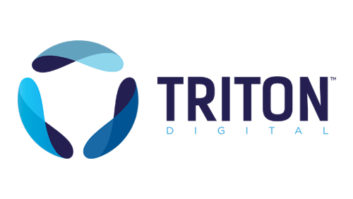In front of a group of 60 industry experts from 14 countries, RDS Forum members presented the new RDS2 system at the first ever RDS2 Info Day in Berlin on Nov. 3. An enhanced version of the radio data system used by FM radio, RDS2 is backward compatible with RDS receivers.
With this new technology, broadcasters will be able to continue using the existing RDS system, which is now 30 years old, and opt for RDS2, expected to be available in 2016, as an option. RDS2 will have three additional subcarriers, all modulated and structured like the already existing RDS, which only has one subcarrier on 57 kHz.
“This configuration permits the transmission of as much as four times more data than over RDS,” explains Dietmar Kopitz, CEO of the RDS Forum office in Geneva, Switzerland. “But in specific cases like RDS-TMC (traffic message channel), the increase can be much higher since the upper carriers will then only transmit applications,” he said.
“This opens the gates to further creativity and innovation with only a relatively small technical RDS coding effort to be made, using the already existing RDS-ODA (open data applications) concept,” he adds. “It will therefore be possible to add many new features to RDS.”
The show in Berlin offered the chance for attendees to observe a number of RDS2 demos, including regional TMC, station logos and graphical radio text.
“The implementation of RDS2 using mainly digital signal processing for encoding and decoding allows already manufactured hardware RDS receivers to become RDS2 compatible,” said Kopitz.
“Thus far, we have not identified any negative aspects of the RDS2 worldwide standard, which allows for variants depending on the region of operation,” he said. RDS2 will support UTF-8 coded character sets and provide service linking so that radio programs can be received as streams.












